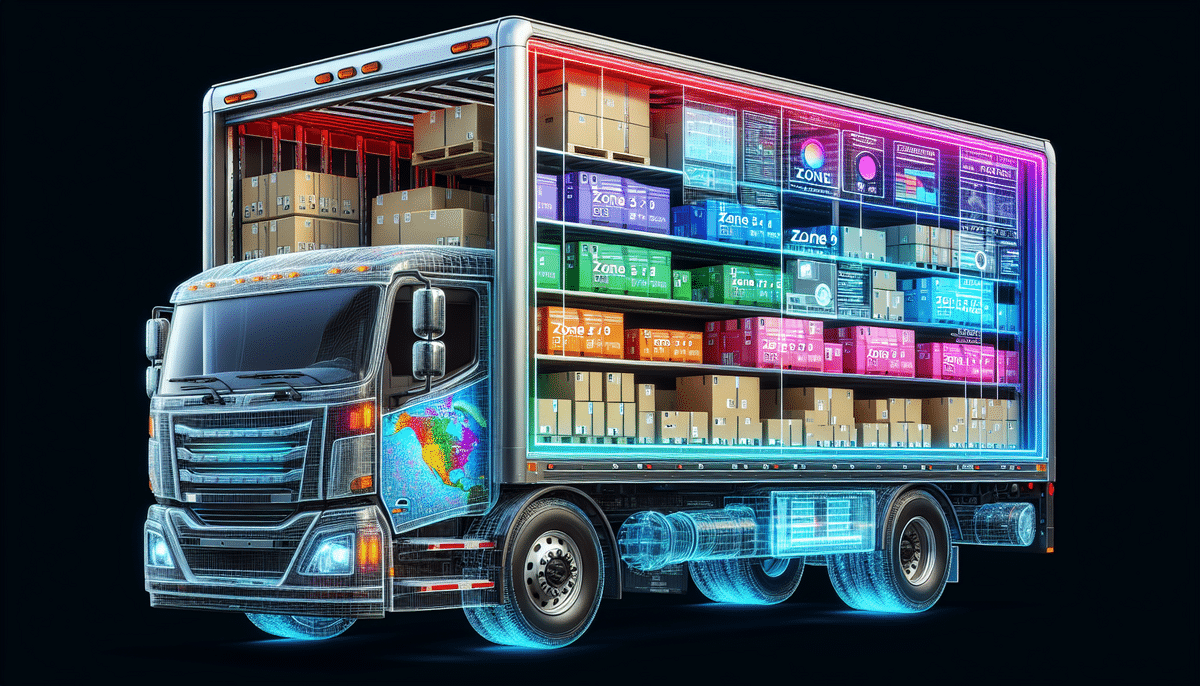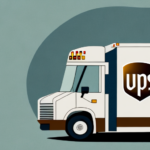Overview of the 2023 UPS Rate Increase
In 2023, UPS announced a significant rate increase that affects consumers, small businesses, and e-commerce companies. This adjustment aims to address rising operational costs and invest in new technologies and infrastructure. Understanding the scope and impact of this rate hike is crucial for stakeholders to adapt and manage their shipping expenses effectively.
Factors Driving the UPS Rate Increase
Rising Fuel and Transportation Costs
The primary driver behind UPS's rate increase is the escalating cost of fuel and transportation. As fuel prices fluctuate, UPS must adjust its rates to maintain profitability and ensure the continuity of its delivery services.
Investments in Technology and Infrastructure
UPS is heavily investing in advanced technologies and expanding its infrastructure to enhance service quality. These investments, while beneficial in the long term, necessitate immediate financial adjustments reflected in the rate increases.
Impact of COVID-19 on Supply Chains
The COVID-19 pandemic has disrupted global supply chains, leading to increased shipping demands and operational challenges. UPS's rate adjustments help mitigate these disruptions by covering the additional costs incurred during this period. For more insights, refer to this analysis.
Impact on Different Stakeholders
Consumers
Consumers will face higher shipping costs, which may influence their purchasing decisions. The increase could lead to higher prices for goods or a shift towards alternative shipping options.
Small Businesses
Small businesses are particularly vulnerable to the rate hikes. Higher shipping costs can significantly impact their profit margins. Strategies such as negotiating discounts or optimizing packaging can help mitigate these effects.
E-commerce Companies
E-commerce businesses rely heavily on efficient shipping services. The rate increase may compel these companies to adjust their pricing strategies or explore alternative shipping solutions to maintain competitiveness.
Strategies to Manage Increased Shipping Costs
Negotiating with UPS
Businesses can approach UPS to negotiate better rates, especially if they have high shipping volumes. Establishing a long-term partnership with UPS may yield more favorable terms.
Optimizing Packaging
Efficient packaging can reduce shipping costs by minimizing package size and weight. Implementing smart packaging solutions can lead to significant savings over time.
Exploring Alternative Shipping Carriers
Comparing rates and services with other shipping carriers like FedEx, DHL, and USPS can help businesses find more cost-effective solutions. For a detailed comparison, visit Shipping Carriers Comparison.
Investing in Shipping Software
Utilizing shipping software can streamline the shipping process, provide real-time rate comparisons, and offer discounted rates through carrier partnerships. Learn more about choosing the right shipping software here.
Alternatives to UPS Shipping
USPS and FedEx
USPS and FedEx are viable alternatives that may offer competitive rates depending on the shipping requirements. Businesses should evaluate these options to determine the best fit for their needs.
Self-Delivery Options
Some businesses are exploring self-delivery to bypass traditional shipping carriers altogether. This approach can reduce costs but requires significant infrastructure and logistical planning.
Shipping Aggregators
Shipping aggregators allow businesses to compare rates from multiple carriers and select the most cost-effective option for each shipment. This flexibility can lead to substantial savings.
Future Outlook and Trends
Continued Rate Adjustments
Given the ongoing fluctuations in fuel prices and operational costs, further rate adjustments by UPS are likely. Businesses should stay informed about these changes to anticipate and plan accordingly.
Technological Advancements
UPS's investment in technology is expected to enhance service efficiency and customer experience. Innovations such as advanced package tracking and automated logistics systems will shape the future of shipping.
Global Trade Considerations
Global trade agreements and international regulations significantly influence UPS's pricing strategies. Changes in tariffs or trade policies can affect shipping costs and service availability worldwide.
Conclusion
The 2023 UPS rate increase presents challenges for consumers, small businesses, and e-commerce companies. By understanding the factors driving these changes and implementing strategic measures, stakeholders can effectively manage their shipping costs. Exploring alternative shipping options and investing in efficient shipping practices will be essential in navigating the evolving landscape of the shipping industry.








